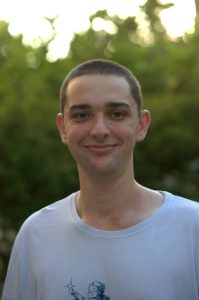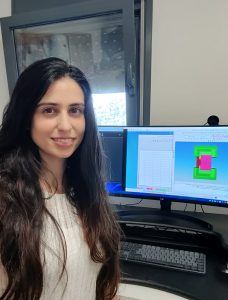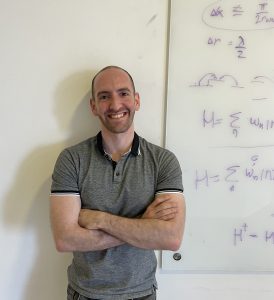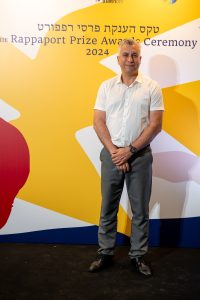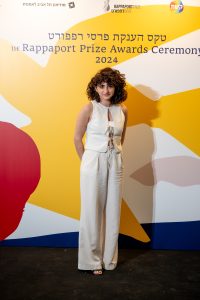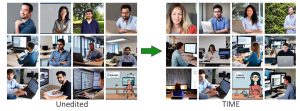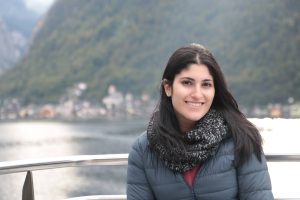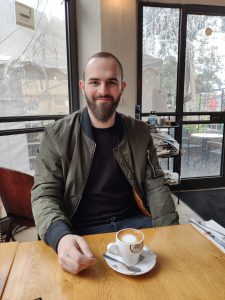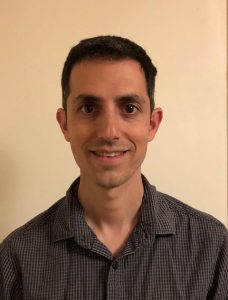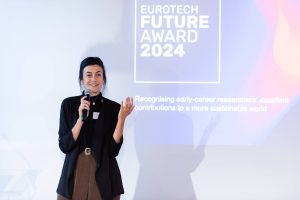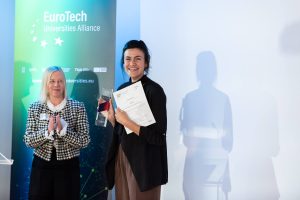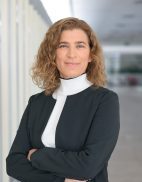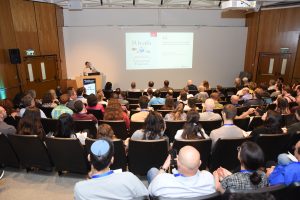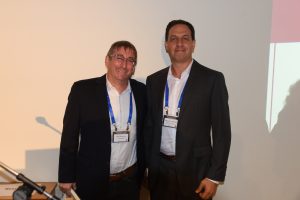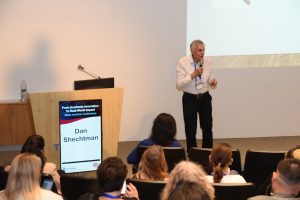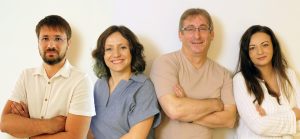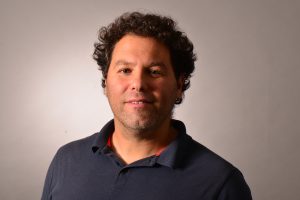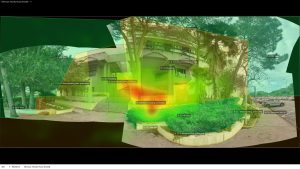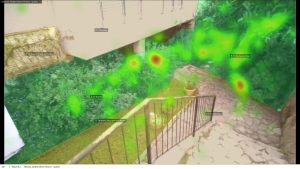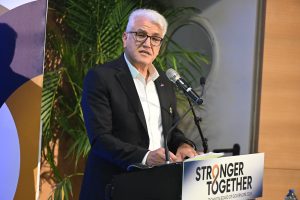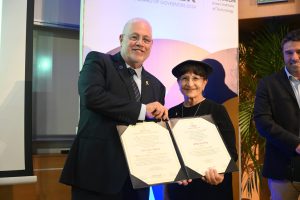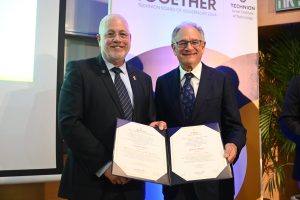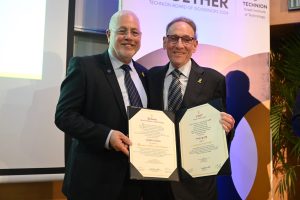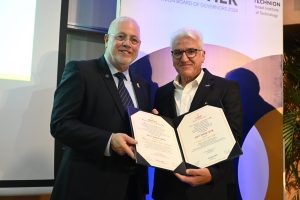The three Technion faculty members who were selected are:
Prof. Oded Beja of the Faculty of Biology, whose field is metagenomics – an approach that analyzes organisms in their natural environment. This approach was developed in response to the fact that around 98% of all microorganisms can’t grow in laboratory cultures, certainly not in a manner that resembles the natural process. Ribosomal RNA analyses provide many insights, but not a complete understanding of the organism’s ecological function and its physiologic and biochemical properties. The approach used by Prof. Beja’s research group exposes this knowledge using metagenomics, making it possible to overcome this problem by analyzing the microbial genomes and detecting protein-coding genes and biochemical routes in cells. Using metagenomics, Prof. Beja discovered microbial rhodopsin proteins used for harvesting light energy.
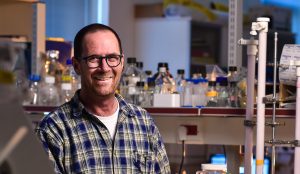
Prof. Benjamin Podbilewicz of the Faculty of Biology, who studies cell fusion mechanisms in fertilization and organ development. His pioneering work led to the discovery of two fusogens that cause cells to fuse: EFF-1 and AFF-1 in C. elegans. These proteins are necessary and sufficient to fuse cells during the development of organs. His group demonstrated that switching viral fusogens with EFF-1 or AFF-1 causes a viral infection. This was the first time it was shown that cellular fusogens can replace viral fusogens. The group solved EFF-1’s atomic structure and discovered a structural similarity to viral fusogens; this was the first structure that has been solved for cellular fusogens. Together with Pablo Aguilar, Podbilewicz predicted that a plant protein (GCS1/HAP2) structurally resembles EFF-1 and proved its activity. They defined a super-family of fusogens from animals, plants, protists and viruses known as fusexins. His lab found that EFF-1 and AFF-1 maintain and repair the tree-like structure of neurons and showed how dendritic branches age and ways to rejuvenate them. He also studied the first mammalian sperm fusogen with Tetsuya Higashiyama, and new fusexins in Archaea with an international consortium.
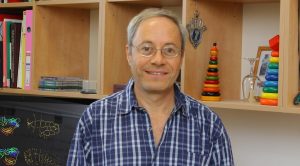
Prof. Asya Rolls of the Ruth and Bruce Rappaport Faculty of Medicine studies psychosomatic interactions – specifically, how the brain influences the immune system and its ability to cope with diseases. Her work demonstrated that the reward mechanism in the brain, which is connected to motivation and hope, increases the immune system’s activity, thereby boosting the defense against viral infections (the research was published in 2016 in the journal Nature Medicine). In a different study (published in Nature Communications in 2018), she showed that similar brain interventions lead to a dramatic reduction in the size of cancerous tumors, mediated by the immune system. In an additional article from 2021, published in Cell, Prof. Rolls demonstrated a difference aspect of the connection between the brain and the immune system by showing that the brain preserves “memories” of past diseases, and is capable of reproducing these diseases by activating those memories. These findings have dramatic ramifications on understanding the placebo and nocebo effects, as well as the outbreak of diseases following certain emotional experiences.
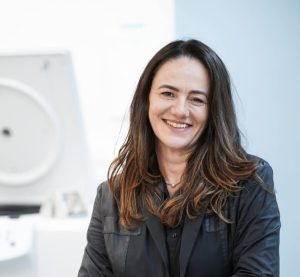
EMBO is an international organization whose members are scientists from 30 countries. 92 Nobel Prize laureates are now, or were in the past, members of the organization. Its main goals are to support talented researchers at all phases of their careers, promote the sharing of scientific knowledge and help create a rich research environment that enables researchers to make the most of their abilities. The new young scientists who join the four-year program, during which they receive financial support from the organization, enjoy important professional connections, mentorship of senior researchers from the EMBO community, leadership training, and access to the research facilities at the European Molecular Biology Laboratory in Heidelberg, Germany. The organization, which was founded in July 1964, is currently celebrating its 60th anniversary. The new cohort includes nine Israeli researchers.
Click here for the New EMBO Members 2024 list Outstanding scientists elected to EMBO Membership – Press releases – EMBO

